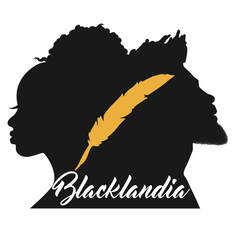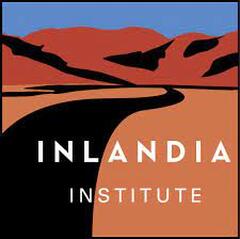Poetry Builds CommunityFind and Nurture a place where you can express your self Authentically Speak and be Heard Listen and Understand We are not alone We read We write We connect We encourage each other in Community |
|
Land Acknowledgment: Let us begin by acknowledging the traditional stewards of the lands whose ancestors have resided since Time Immemorial. Many Indigenous people thrive in this place - alive and strong (a). I express gratitude to the Tongva, Kucamongan, and Gabrielino people past and present for loving and caring for this land that was stolen from them. In response, I express my care by donating to the First Nations Development Institute to support healthy Native communities in California. I also purpose to buy and read books by Native authors and as my knowledge increases on how to be a better ally, I step up to honor those who have come before and those I stand beside. |





